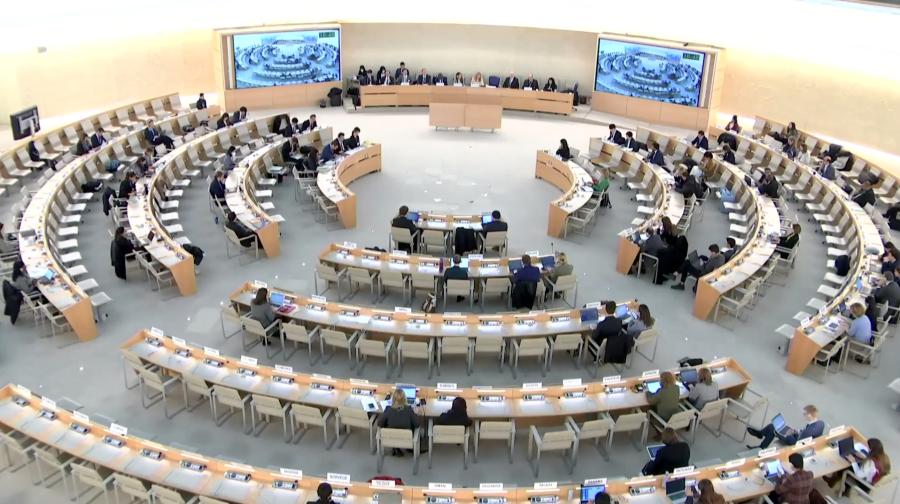Negotiations on an international regime on Access and Benefit Sharing for the use of genetic resources resulted in a new protocol at the tenth meeting of the Conference of the Parties to the Convention on Biodiversity (CBD) in Nagoya, Aichi, Japan, from 18 to 29 October 2010, where over 200 Indigenous representatives participated. The protocol was adopted in Japan on October 29th, and is now known as the Nagoya Protocol. A protocol is a treaty developed within a treaty, in this case within the CBD.
"The protocol on 'Access to Genetic Resources and Benefit Sharing' is significant to Indigenous Peoples because it is the first treaty relevant to Indigenous Peoples to have been negotiated since the adoption of the UN Declaration on the Rights of Indigenous Peoples, and relates to access to the natural environment, including where Indigenous Peoples' territories exist," said Les Malezer, Cultural Survival board member. "Indigenous Peoples have been heavily exploited, historically and in contemporary times, in regards to access genetic recources."
Indigenous representatives were not successful in getting the protocol to drop the terminology of "Indigenous and local communities" in favor of "Indigenous Peoples and local communities," because the terminology is that of the original treaty, the Convention on Biological Diversity as signed in 1992. However, the protocol does, in the preambular paragraph 25, recognize the UN Declaration on the Rights of Indigenous Peoples.
For the remainder of the protocol the protection of Indigenous Peoples interests is respected. It should be noted that State 'Parties' to the protocol hold the obligations that laws, structures, and capacity needs at the national levels are addressed.

